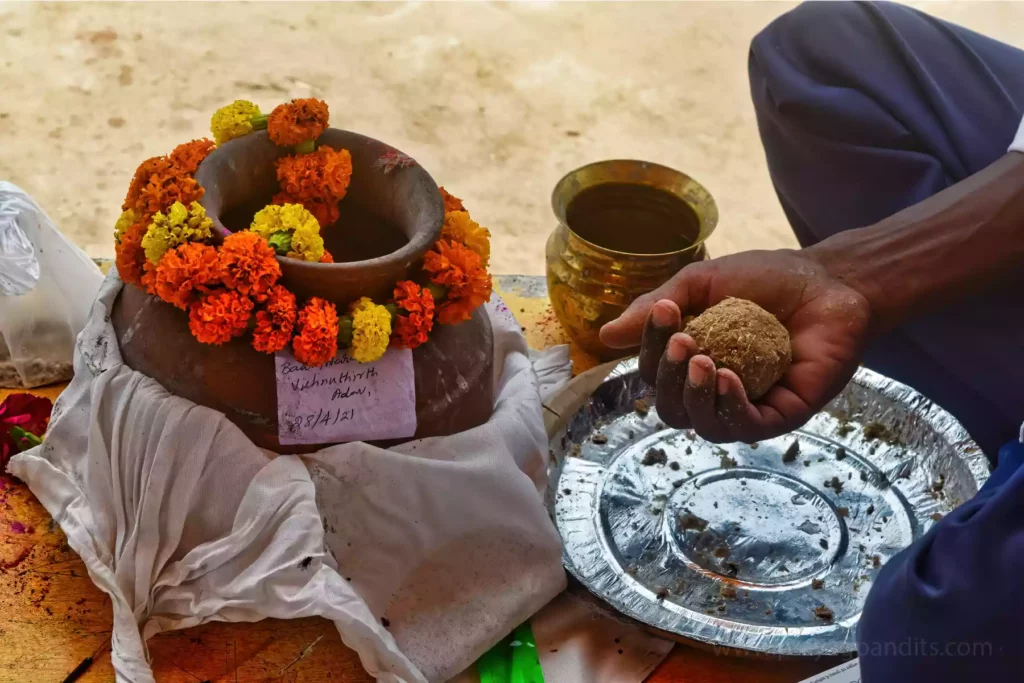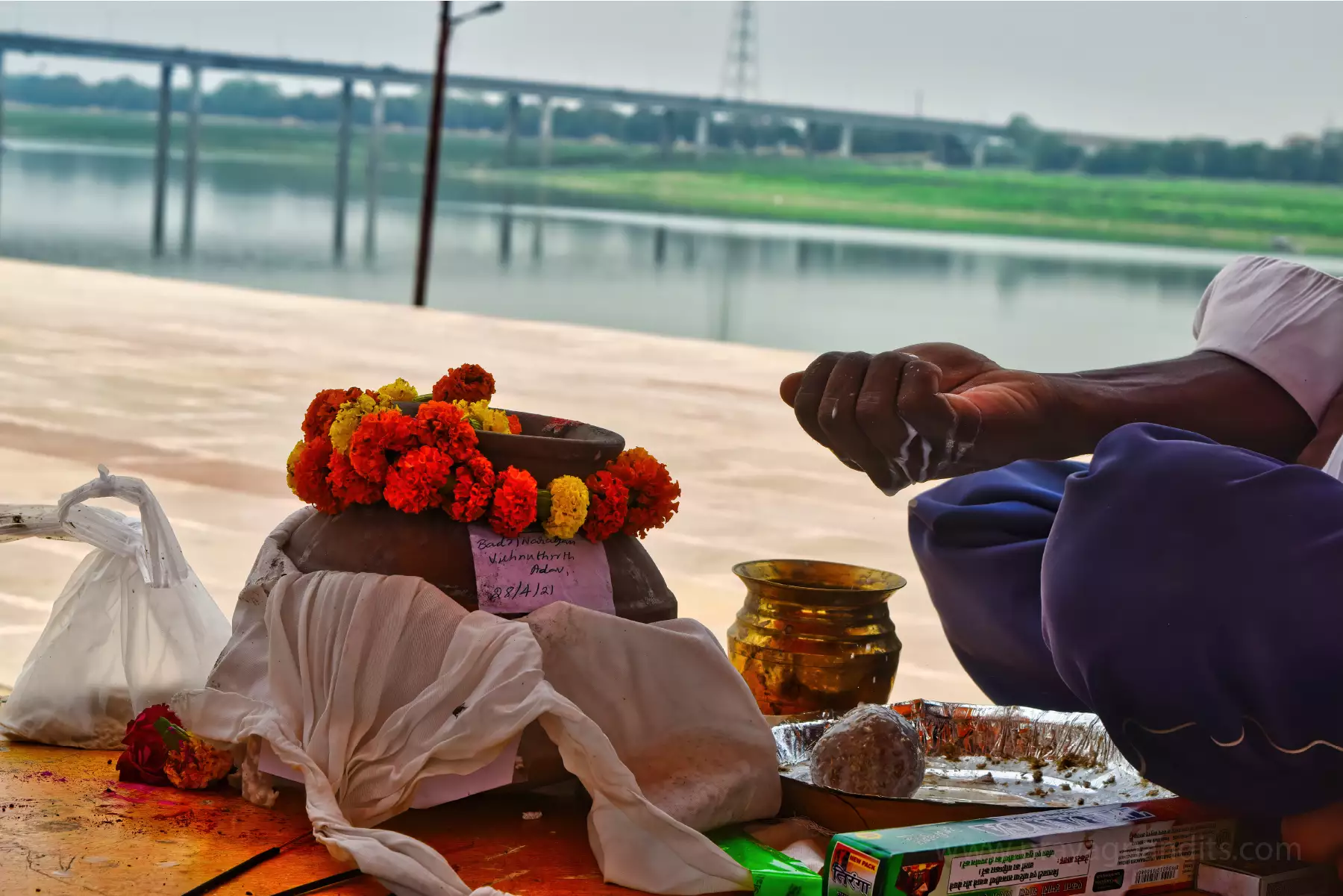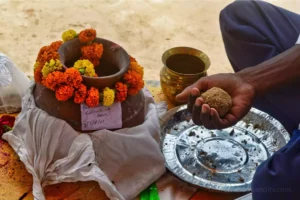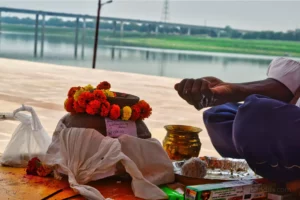Introduction to Asthi Visarjan
Asthi Visarjan is a sacred Hindu ritual performed as a part of the last rites after the death of a loved one. This ritual involves the immersion of the ashes, or ‘Asthi’, of the deceased into a holy river, signifying the return of the soul to the universe, completing the cycle of life and death.
The Cultural Significance of Asthi Visarjan
The ritual of Asthi Visarjan holds great cultural significance in Hinduism. It symbolizes the belief in the cycle of life, death, and reincarnation. It’s a way for the living to pay respect and show their deep affection for the deceased, signifying their desire for peace and a positive afterlife for the departed soul.

The Asthi Visarjan Procedure: A Step-by-Step Guide
Performing Asthi Visarjan requires adhering to specific rituals and procedures. It begins with the collection of ashes post-cremation, followed by their purification. The family then journeys to a sacred river for immersion, often accompanied by prayers and chants. This process is believed to help the soul achieve Moksha or liberation.
The Impact of Asthi Visarjan on the Modern World
In today’s world, Asthi Visarjan serves as a link between our past, our traditions, and our evolving cultural practices. Despite the rapid pace of modernization, it continues to hold relevance, offering comfort and a sense of closure to the grieving. Furthermore, it plays a crucial role in preserving cultural heritage and passing on these traditions to future generations.
Conclusion
Asthi Visarjan, an age-old Hindu ritual, carries deep spiritual, personal, and cultural significance. It’s a testament to the enduring nature of our beliefs and traditions, even in the face of constant change and evolution. As we continue to navigate our modern lives, the ritual of Asthi Visarjan serves as a poignant reminder of our rich cultural heritage and the cycle of life and death that we are all a part of.





